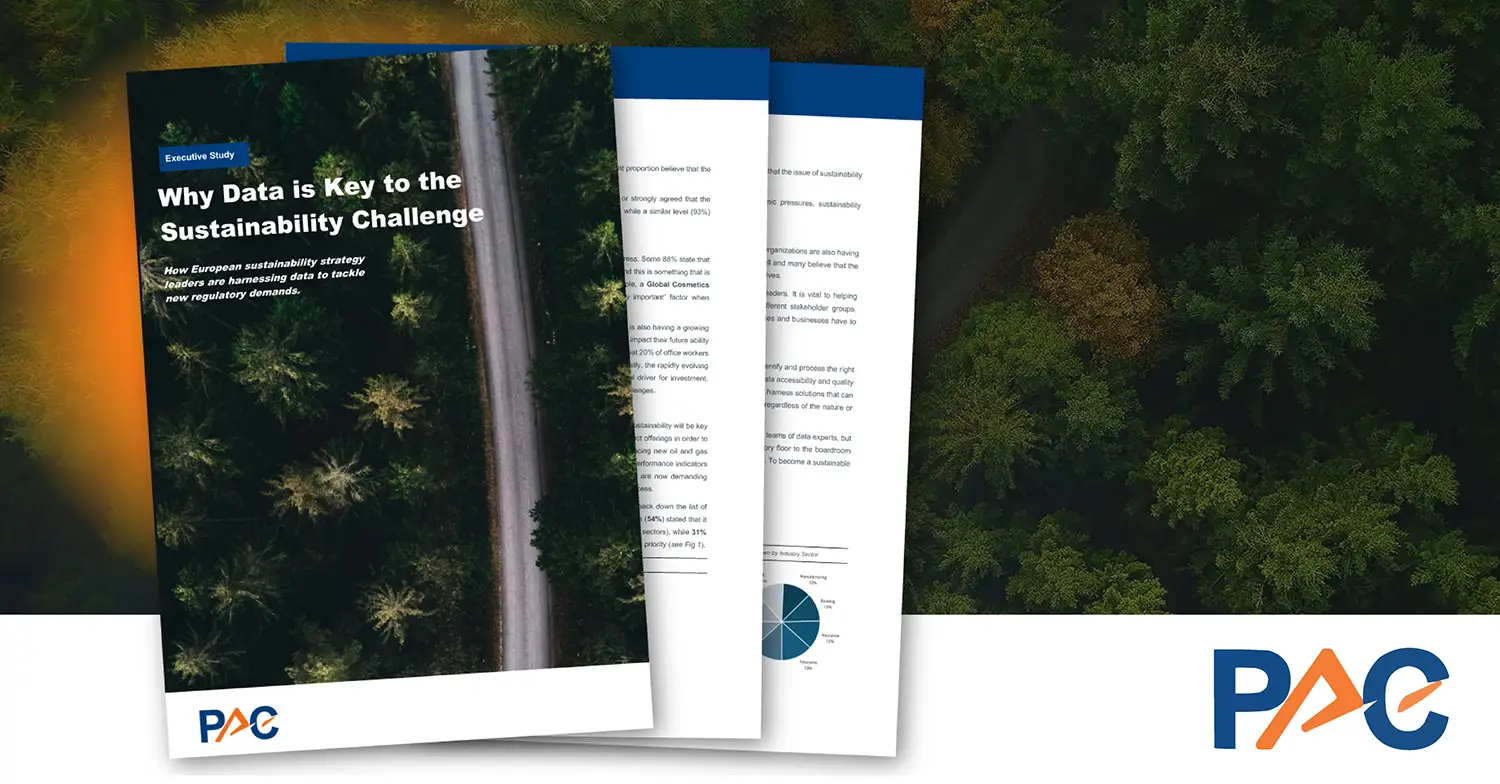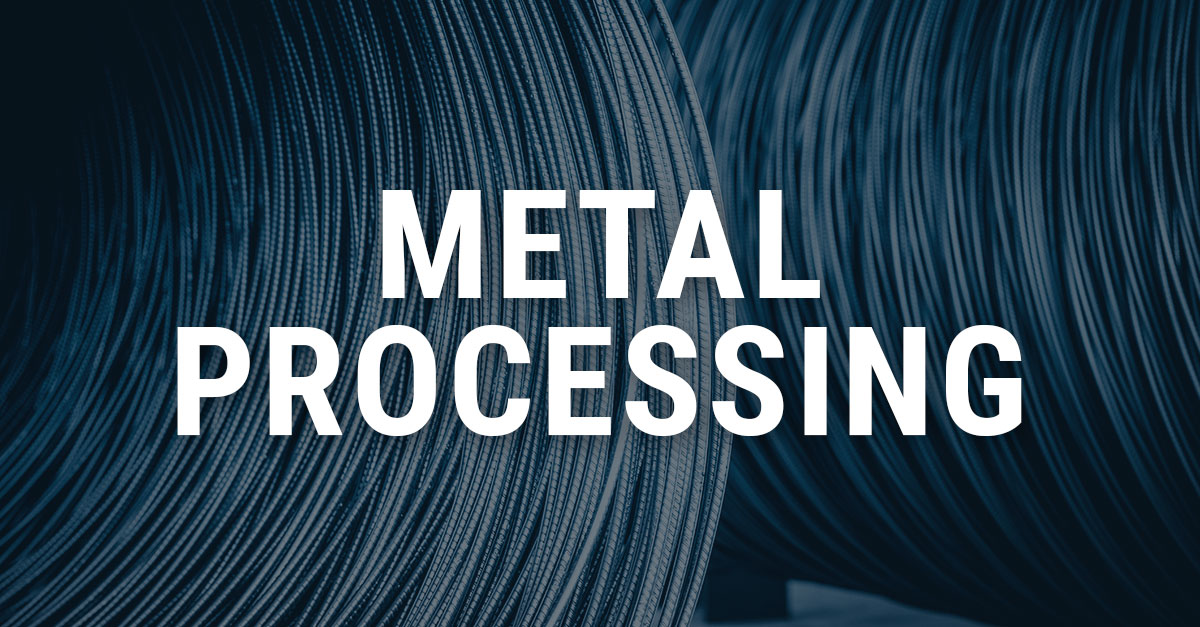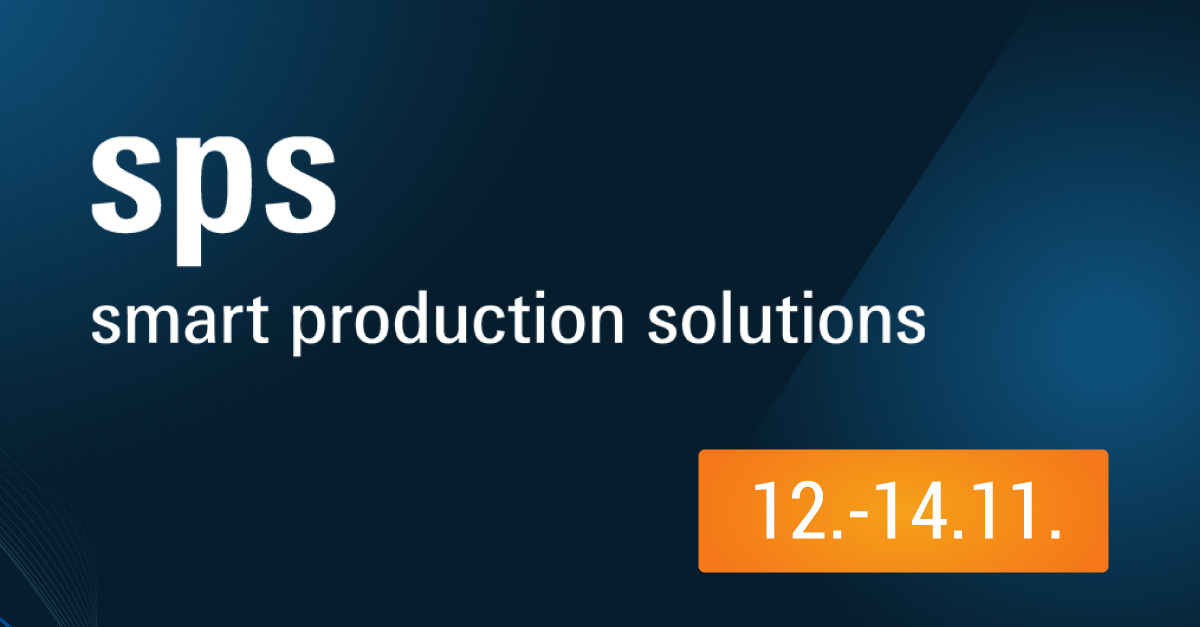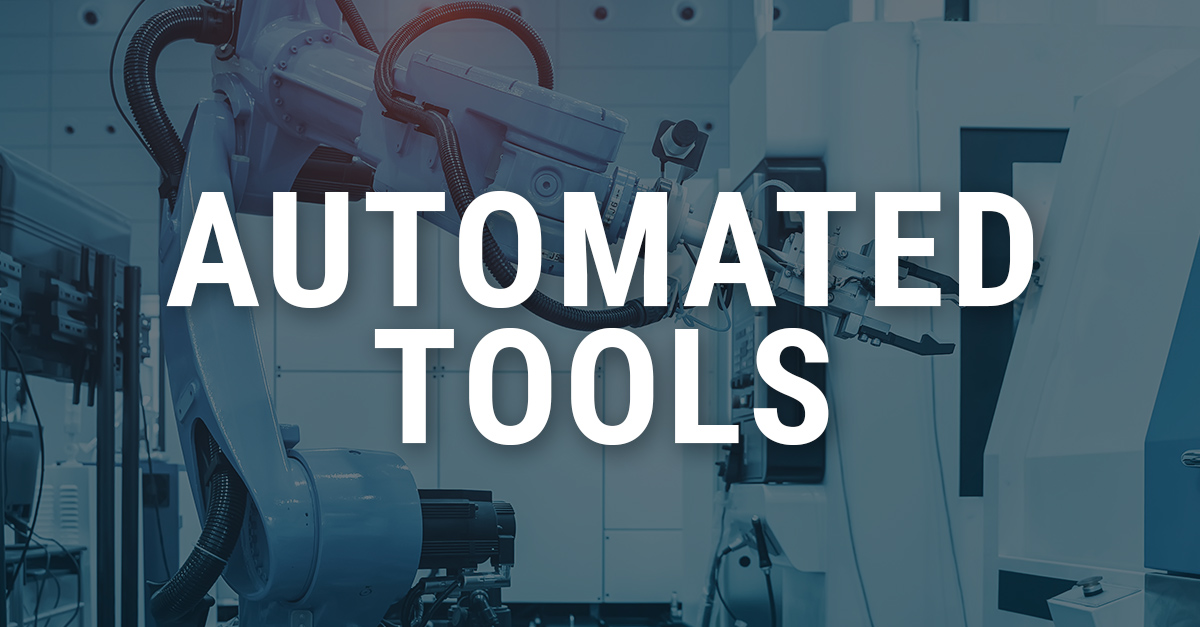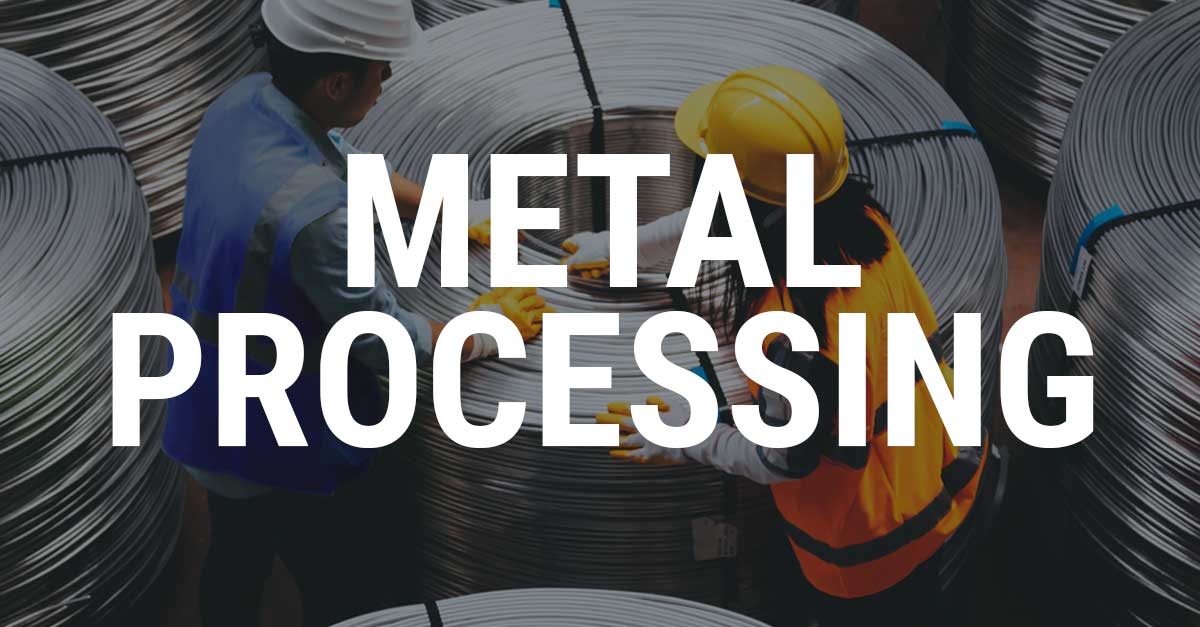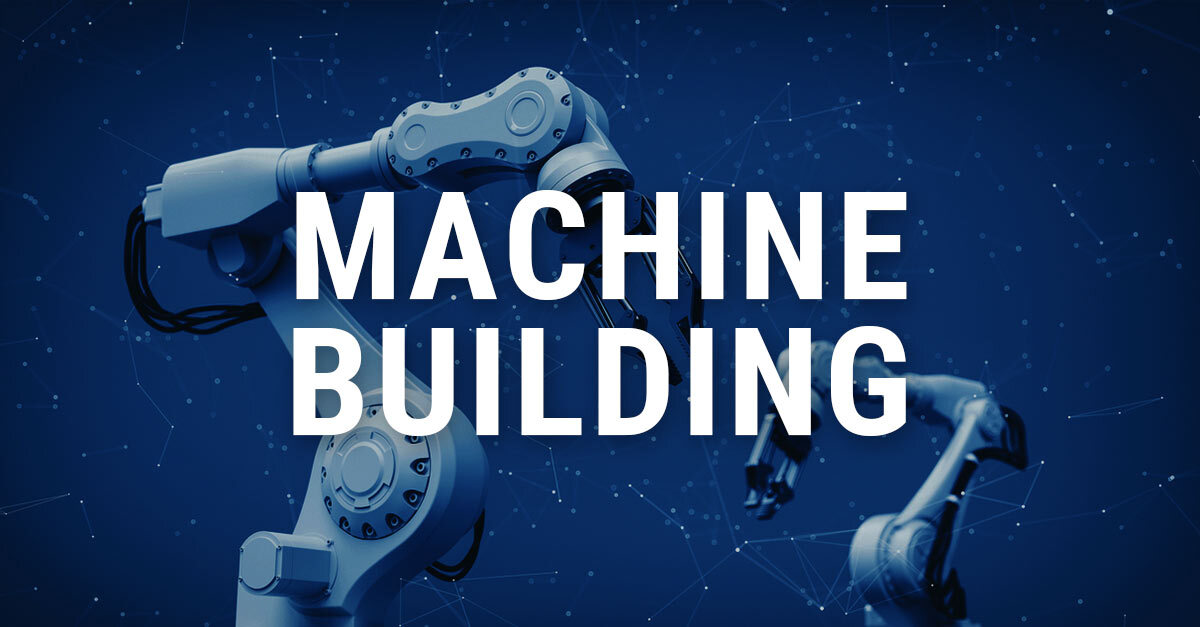What is a data layer?
A data layer establishes data connections between assets on the shop floor, including machines, and IT systems like ERP, MES, CRM, BI, databases or cloud systems. It manages the omnidirectional data flow between source points (such as machines on a shop floor) and applications (such as analytics, dashboards or other IT systems) to enable various use cases.
With a data layer, organizations can manage data collection, data transformation and data transfer as well as ensure the secure, reliable and scalable flow of this data across the entire organization. A data layer is an integral component of modern production and manufacturing setups, centralizing data handling, providing a more streamlined, efficient and adaptable solution.
What challenges does a data layer address?
- Simplify connectivity: Reduces the complexity of network connectivity.
- Reduces configuration efforts: Encourages the reuse of code.
- Data management: Supports efficient data discovery and governance.
- Adaptable and scalable: Provides scalability and flexibility to meet a variety of customer needs, adjustments and growth in production.
What are the key benefits of a data layer?
Flexible data infrastructure
- Ensures secure and effective collection and utilization of data from different sources across varied use cases, such as Traceability, Energy Management or Status Monitoring.
- Unified namespace to manage connections among different assets and systems, including machinery and ERP systems.
- Acts as a translator, mitigating communication issues between different protocols in the industrial environment.
- Delivers consistent data flow and accessibility of data by connecting to multiple assets and systems.
- Enables data transformation and accumulation, ensuring that receiving systems or applications receive data in an accurate format and structure.
Security
- Provides a secure gateway between shop floor and IT, separating data collection from data usage.
- Granular access management for each data point.
- Network segmentation to improve network performance and security.
Scalability
- Data layers have the capacity to scale horizontally at no additional costs and adapt to varying data processing needs.
Collaboration and ease of use
- Enables collaboration between IT, OT and business stakeholders.
Global governance and accelerating rollouts
- Facilitates global governance, empowering varied user groups and enables rapid rollouts to multiple production sites.
In essence, a data layer acts as a secure and efficient enabler of data flow and as a robust tool to ensure that data is optimized, secure and formatted for various applications and use scenarios across the organization.
You might also be interested in
Industry news, recent news and valuable use cases
Best Practices from various industries
The success stories of our customers show how the strategic decision for a Factory Data Hub brings future-proof scalability.


